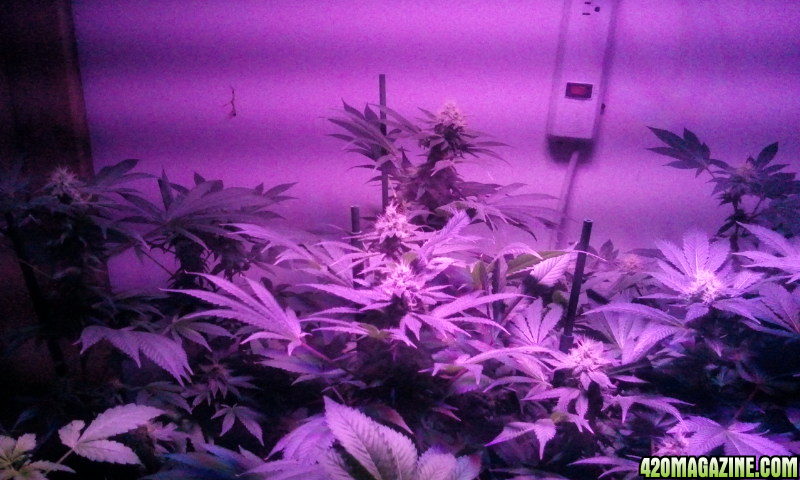GeorgeFoster
New Member
I wish I had that kind of space, very nice Shot 

How To Use Progressive Web App aka PWA On 420 Magazine Forum
Note: This feature may not be available in some browsers.

im building a new closet havent got light for it yet

wow fantastic.Heres a few pictures of my room.
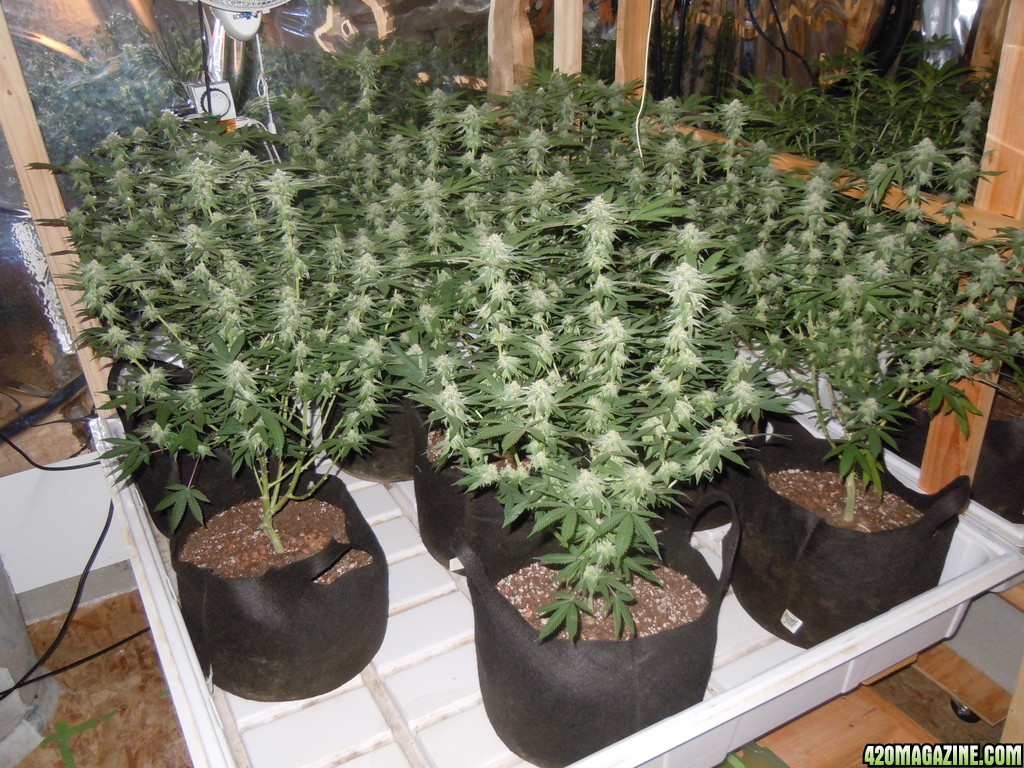
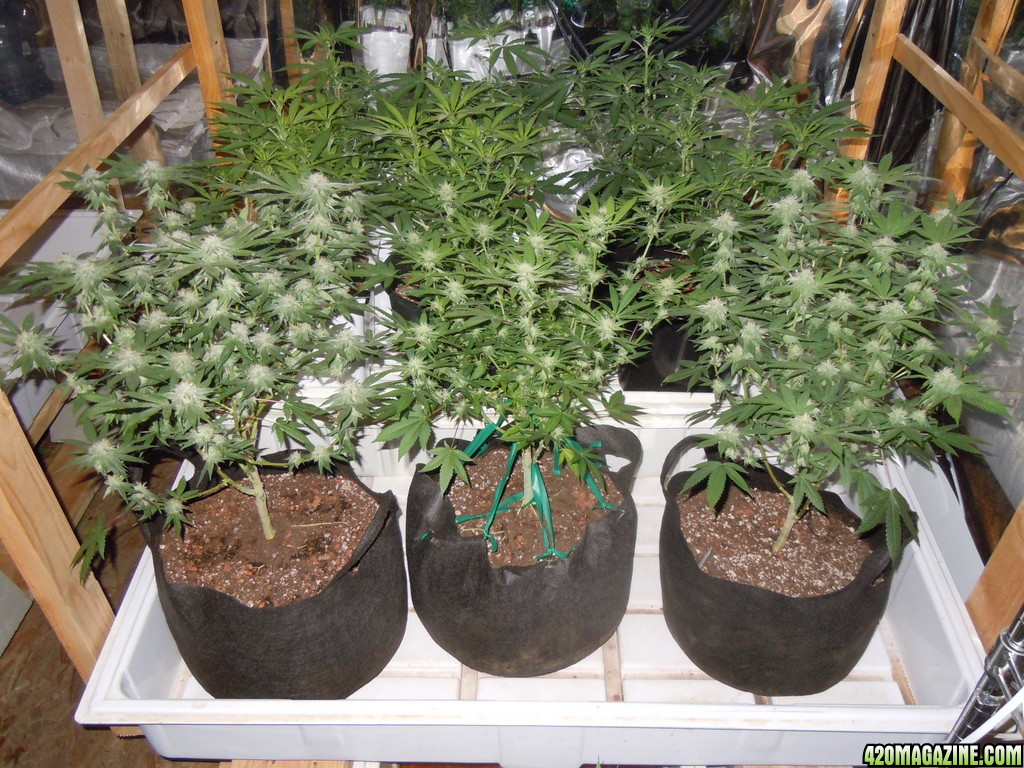
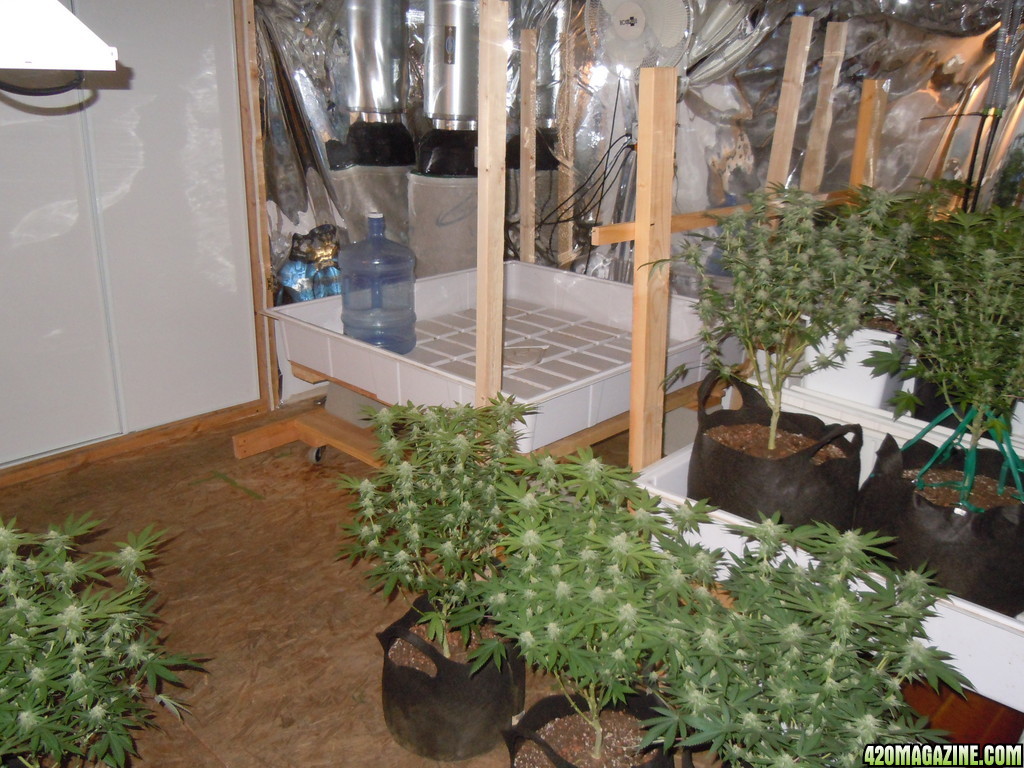
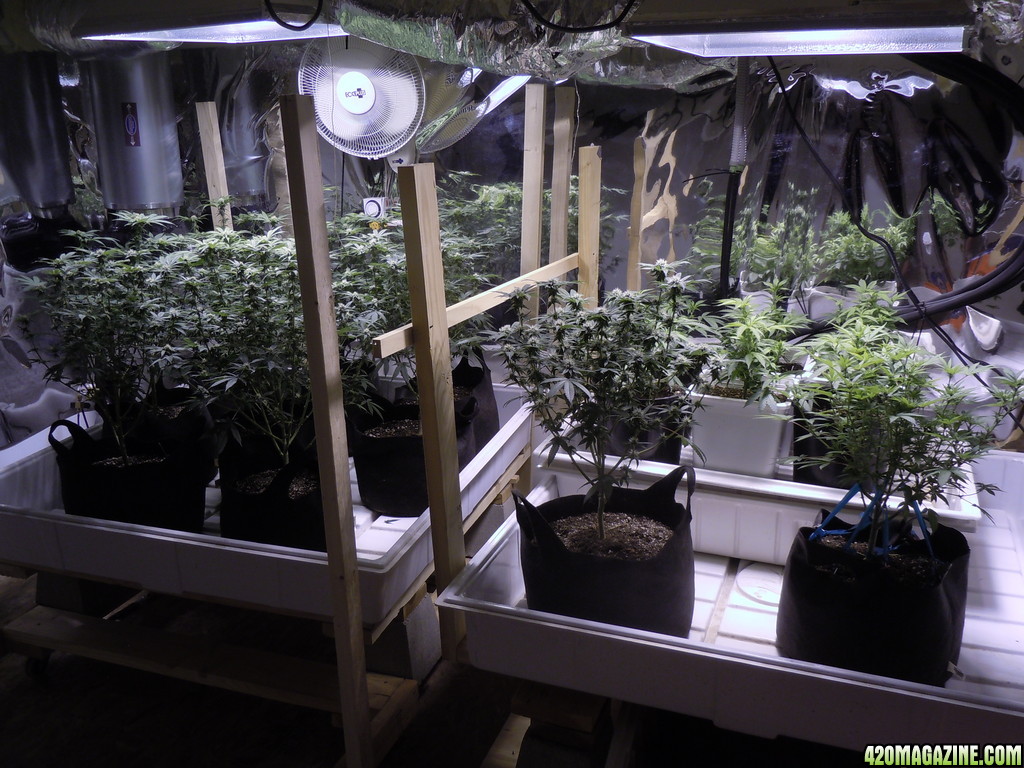
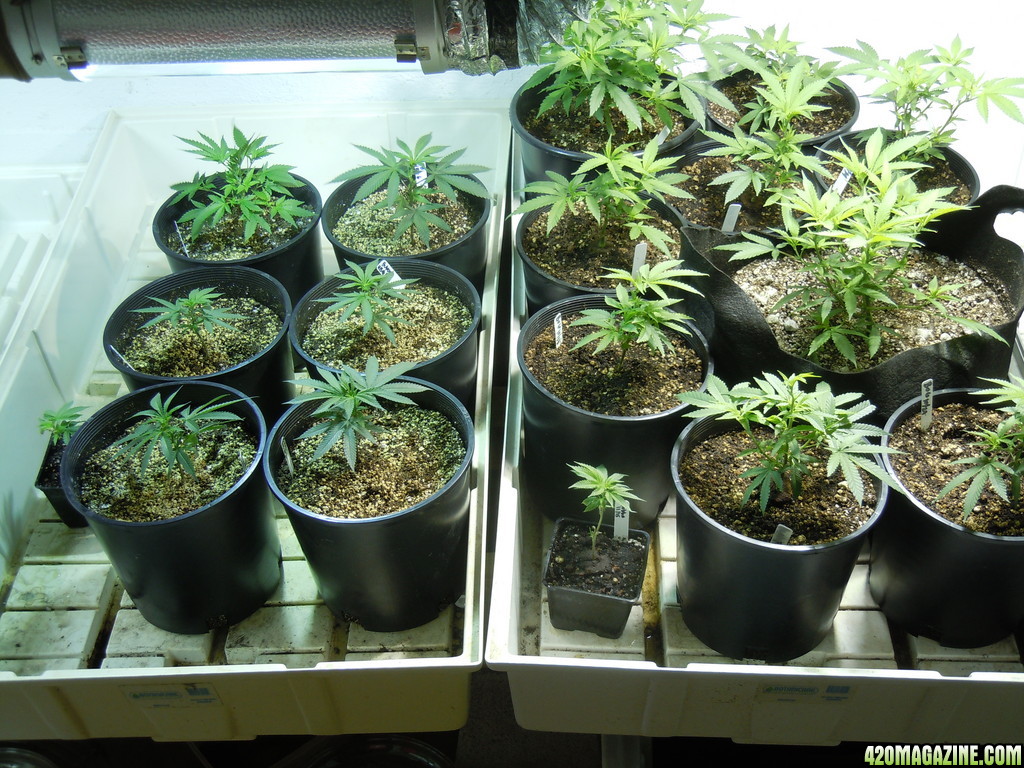
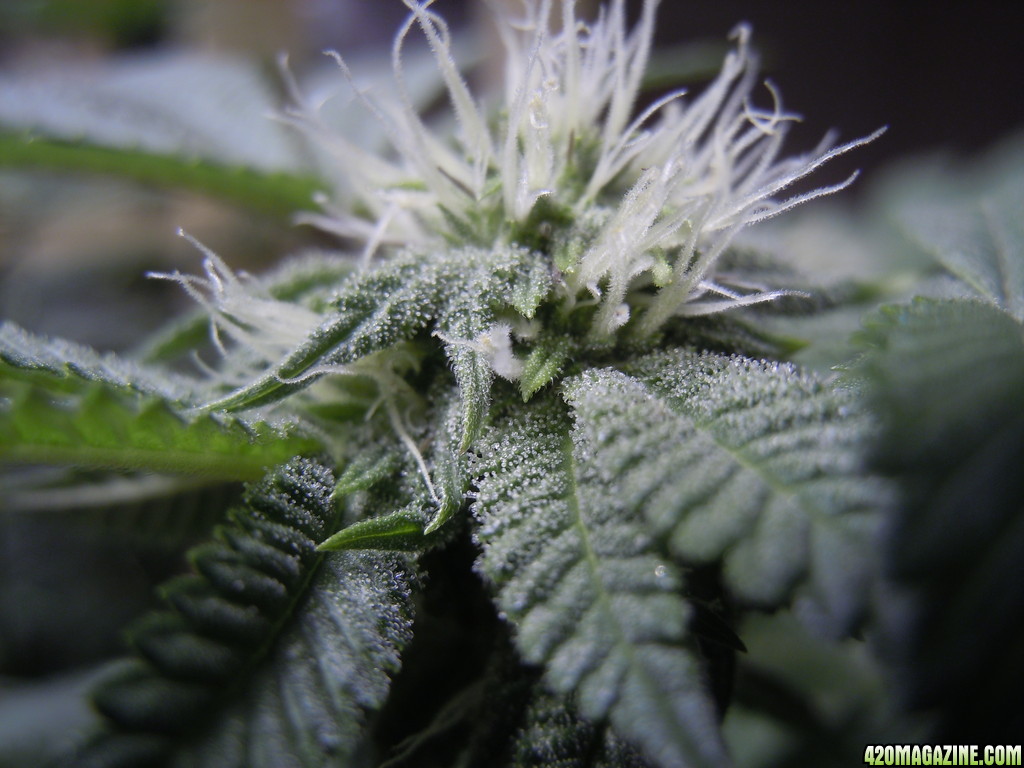
what is the coverage of the lights at 18 inches above the plant?
Would love to compare results between the two.
Thank you amy.Thanks I will keep you in the list
Welcome trying leds
